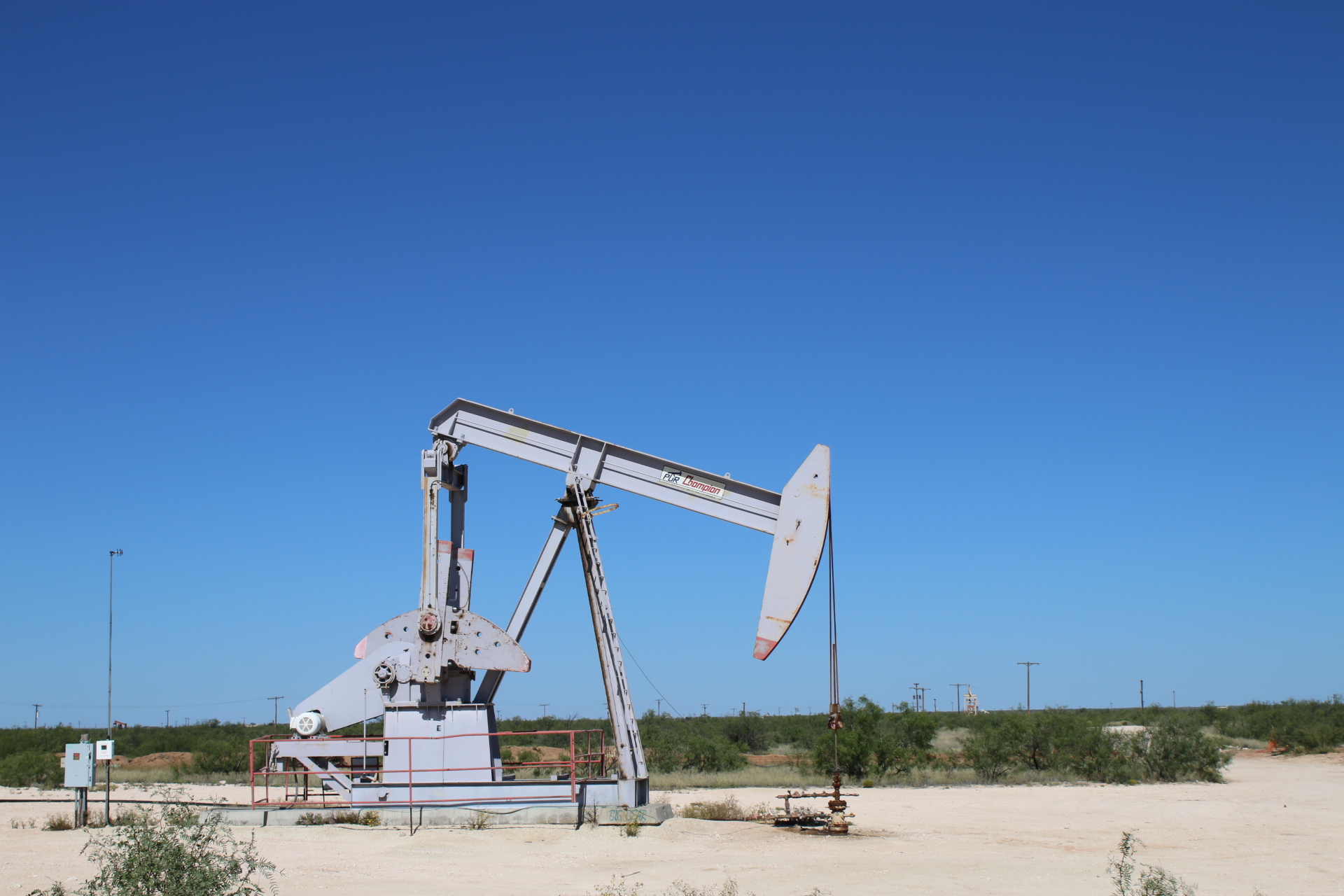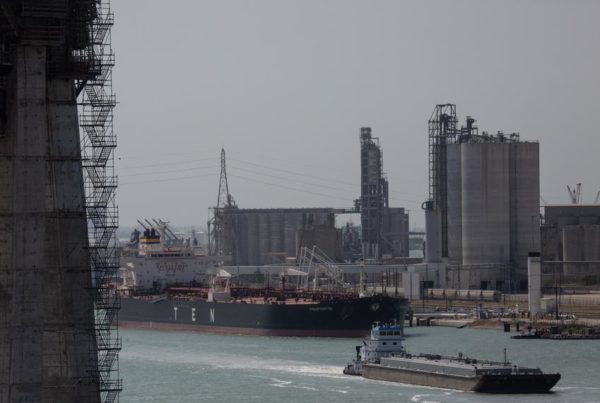This article originally appeared on Inside Climate News, a nonprofit, independent news organization that covers climate, energy and the environment. It is republished with permission. Sign up for their newsletter here.
Oil and gas extraction in the Permian Basin of arid West Texas is expected to produce some 588 million gallons of wastewater per day for the next 38 years, according to findings of a state-commissioned study group—three times as much as the oil it produces.
The announcement from the Texas Produced Water Consortium came two days before it was due to release its findings on potential recycling of oilfield wastewater.
“It’s a massive amount of water,” said Rusty Smith, the consortium’s executive director, addressing the Texas Groundwater Summit in San Antonio on Tuesday.
But making use of that so-called “produced water” still remains well beyond the current reach of state authorities, he said.
Lawmakers in Texas, the nation’s top oil and gas producer, commissioned the Produced Water Consortium in February 2021, following similar efforts in other oil-producing states to study how produced water, laced with toxic chemicals, can be recycled into local water supplies.
The Texas study focused on the Permian Basin, the state’s top oil-producing zone, where years of booming population growth have severely stretched water supplies and planners forecast a 20 billion gallon per year deficit by year 2030.
The consortium’s first challenge, Smith told an audience in San Antonio, was to calculate the quantity of produced water in the Permian. A nationwide study in 2017 identified Texas as the nation’s top source of produced water but didn’t consider specific regions.
It’s a tricky figure to compute because Texas doesn’t require regular reporting of produced water quantities. The consortium based its estimates on annual 24-hour-sampling of wastewater production and monthly records of wastewater disposal.
“There’s just a lack of data, so it’s an estimate,” said Dan Mueller, senior manager with the Environmental Defense Fund in Texas, which is part of the consortium.
Their estimate—about 170 billions of gallons per year—equals nearly half the yearly water consumption in New York City.
That quantity creates steep logistical and economic challenges to recycling—an expensive process that renders half the original volume as concentrated brine which would have to be permanently stored.
“It’s a massive amount of salt,” Smith said. “We’d essentially create new salt flats in West Texas and collapse the global salt markets.”
He estimated that treatment costs of $2.55 to $10 per barrel and disposal costs of $0.70 per barrel would hike up the water price far beyond the average $0.40 per barrel paid by municipal users or $0.03 per barrel paid by irrigators.
On top of that, distributing the recycled water would require big infrastructure investments—both for high-tech treatment plants and the distribution system to transport recycled water to users in cities and towns.
“We’re going to need pipelines to move it,” Smith said. “We have quite a gap we need to bridge and figure out how we’re going to make it more economical.”
That is only if produced water in West Texas can be proven safe for consumption when treated.
Pilot projects for produced water reuse have already taken place in California, where some irrigation districts are watering crops with a partial blend of treated wastewater, despite concerns over potential health impacts. California has banned irrigation with wastewater from fracking, but not wastewater from conventional drilling, even though the two contain similar toxins. Produced water typically contains varying amounts of naturally occurring constituents, including salts, metals, radioactive materials, along with chemical additives. Every region’s produced water will bear different contents, depending on the composition of underground formations.
Beginning reuse efforts in West Texas, Smith said, will require pilot projects and chemical analysis to determine feasibility.














